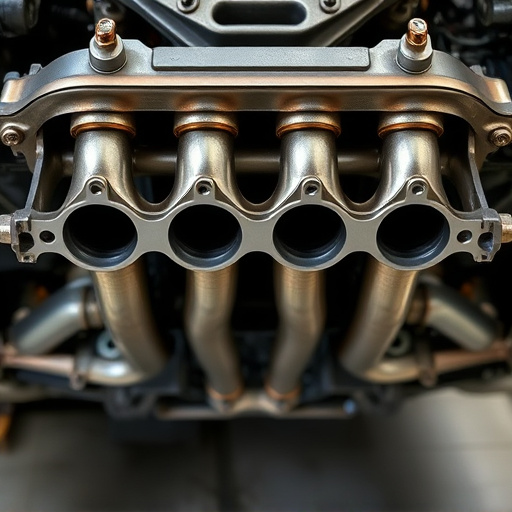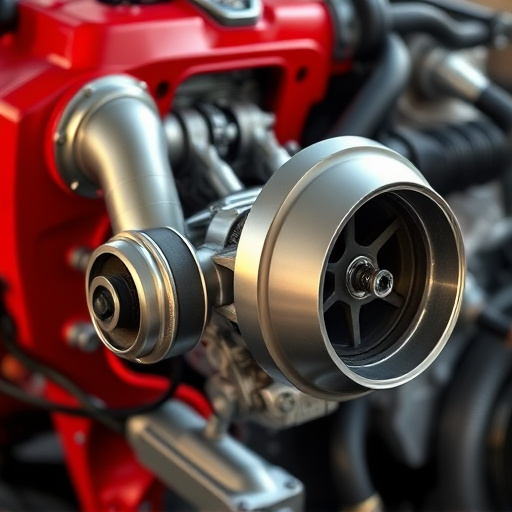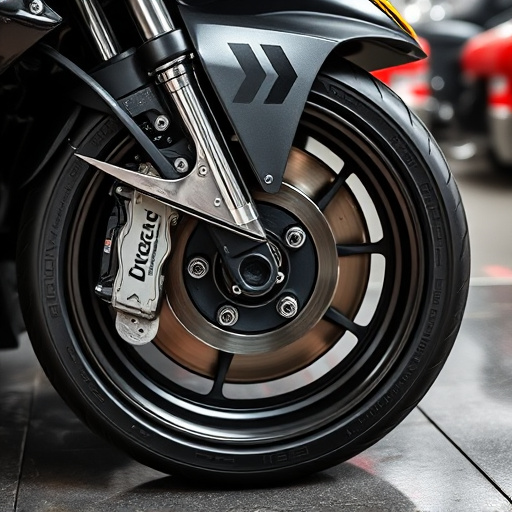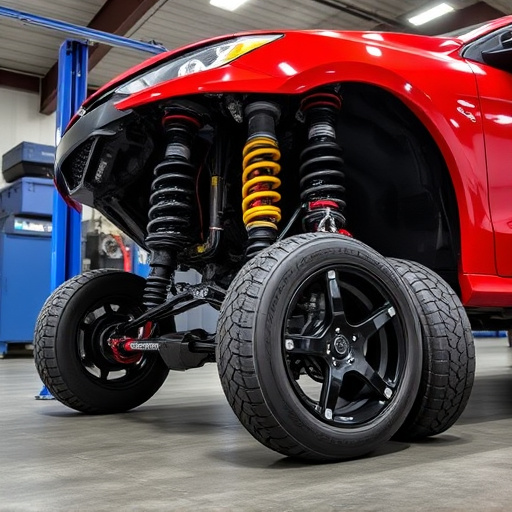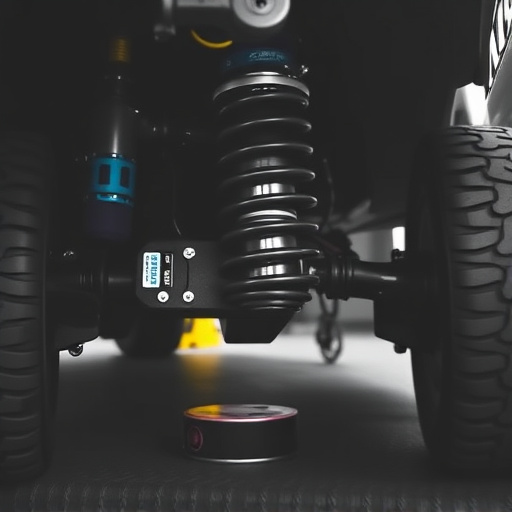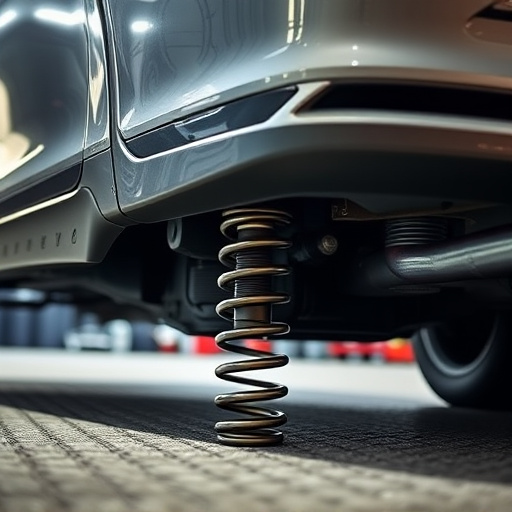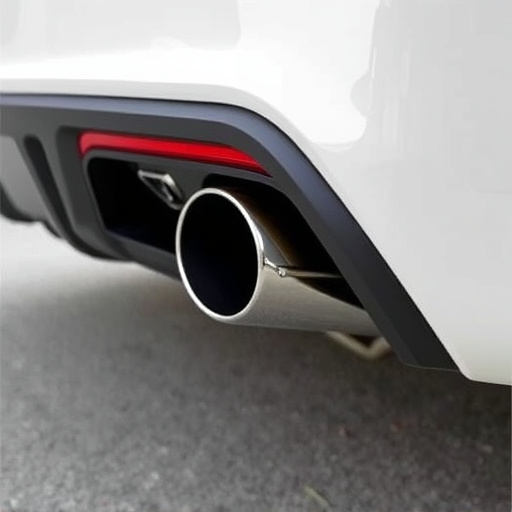Oiled air filters enhance vehicle engine performance by trapping dust while allowing efficient airflow. They are popular among car enthusiasts for increasing power and torque, especially with modifications. For best results, select a compatible filter for your vehicle make and model, maintain it through regular cleaning every 500-1000 miles, and keep the intake system clean to ensure optimal performance, fuel efficiency, and prolonged filter life.
Discover the game-changing benefits of an oiled air filter—a direct fit for your vehicle’s factory airbox. This innovative component goes beyond traditional filters, offering enhanced performance and improved engine health. In this comprehensive guide, we’ll explore how these filters work, their advantages, and the simple installation process. Learn about compatibility, maintenance tips, and why switching to an oiled air filter could be a revolution in your vehicle’s airflow system.
- Understanding Oiled Air Filters: Their Function and Benefits
- Choosing the Right Fit: Compatibility and Installation Process
- Maintenance and Longevity: How to Care for Your Oiled Air Filter
Understanding Oiled Air Filters: Their Function and Benefits
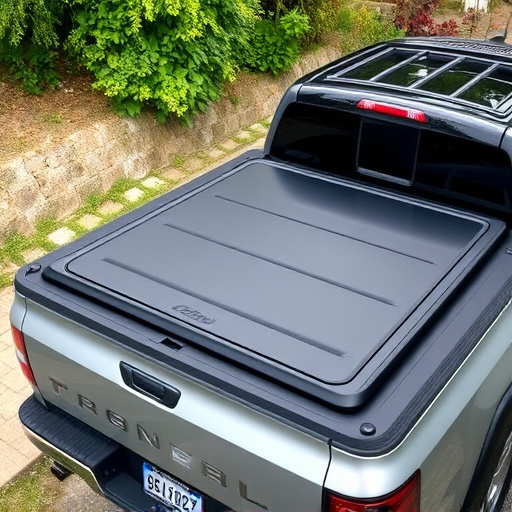
Oiled air filters are designed to enhance the performance of your vehicle’s engine by improving airflow and filtration. Unlike traditional paper or fabric filters, these filters use a fine mesh impregnated with oil to trap contaminants like dust, dirt, and debris while allowing clean air to pass through efficiently. This dual-action mechanism not only ensures maximum air intake but also prolongs the life of your engine by reducing wear and tear caused by unwanted particles.
The benefits of oiled air filters extend beyond basic functionality. They are particularly popular among car enthusiasts who install suspension kits, coilover kits, or high-performance exhaust tips to enhance their vehicle’s dynamics. By maintaining optimal airflow, these filters can help maximize the power and torque output of modified engines, delivering a smoother, more responsive driving experience. This makes oiled air filters an essential component for anyone looking to unlock their vehicle’s full potential.
Choosing the Right Fit: Compatibility and Installation Process
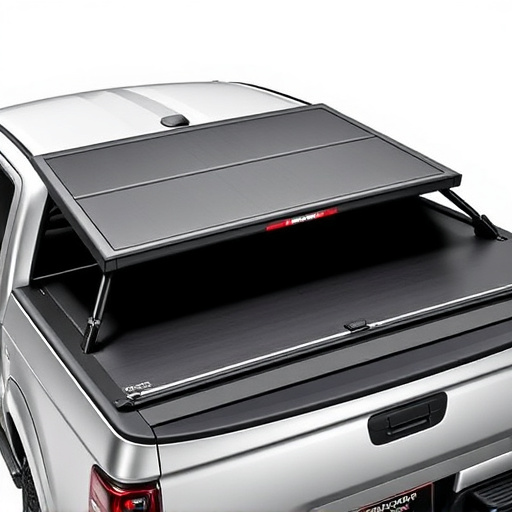
When selecting an oiled air filter to fit your vehicle’s factory airbox, ensuring proper compatibility is paramount. The right filter should seamlessly integrate with your car’s existing intake system, optimizing airflow while minimizing restrictions. Start by identifying your vehicle’s make and model; specialized filters are designed for specific cars, guaranteeing a precise fit. Check the manufacturer’s instructions or consult with automotive experts to verify compatibility.
The installation process typically involves removing the stock air filter and replacing it with the new oiled air filter. This often requires unscrewing or unclipping existing components, allowing easy access to the airbox. Ensure all parts are securely fastened after installation. Upgrading to an oiled air filter, especially when paired with high-performance exhaust tips and top-notch brake components, can significantly enhance your vehicle’s overall performance.
Maintenance and Longevity: How to Care for Your Oiled Air Filter
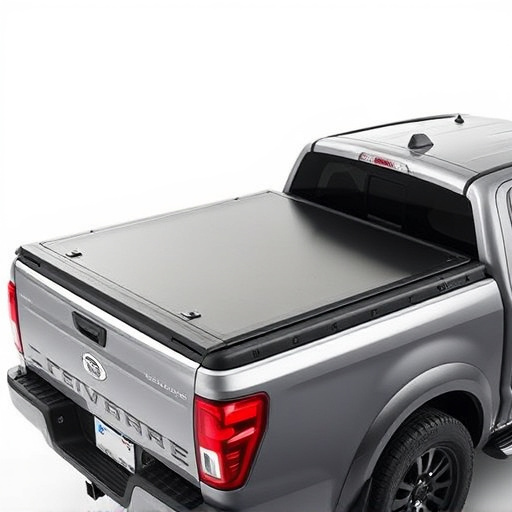
Proper maintenance is key to maximizing the lifespan of your oiled air filter. Unlike traditional paper or fabric filters, which require regular cleaning and replacement, an oiled air filter needs a specific care routine. First, ensure you clean it regularly, typically every 500-1000 miles or as recommended by the manufacturer. This involves removing the filter from the airbox, gently wiping down its surface to remove excess oil and debris, then reinserting it with fresh oil according to the specified guidelines.
Additionally, keeping your vehicle’s intake system clean is vital for sustained performance air filter efficiency. Regularly inspect and replace any contaminated or worn-out components, such as exhaust tips, to prevent obstructions that can hinder airflow. By following these simple steps, you’ll not only extend the life of your oiled air filter but also ensure optimal vehicle performance and fuel efficiency.
An oiled air filter that seamlessly fits into your vehicle’s factory airbox offers numerous advantages, from enhanced engine performance to improved fuel efficiency. By choosing the right fit and maintaining it properly, you can enjoy a longer-lasting, more efficient ride. Regular cleaning and oiling ensure its longevity, making it a smart upgrade for any car owner looking to optimize their vehicle’s breathing system.








